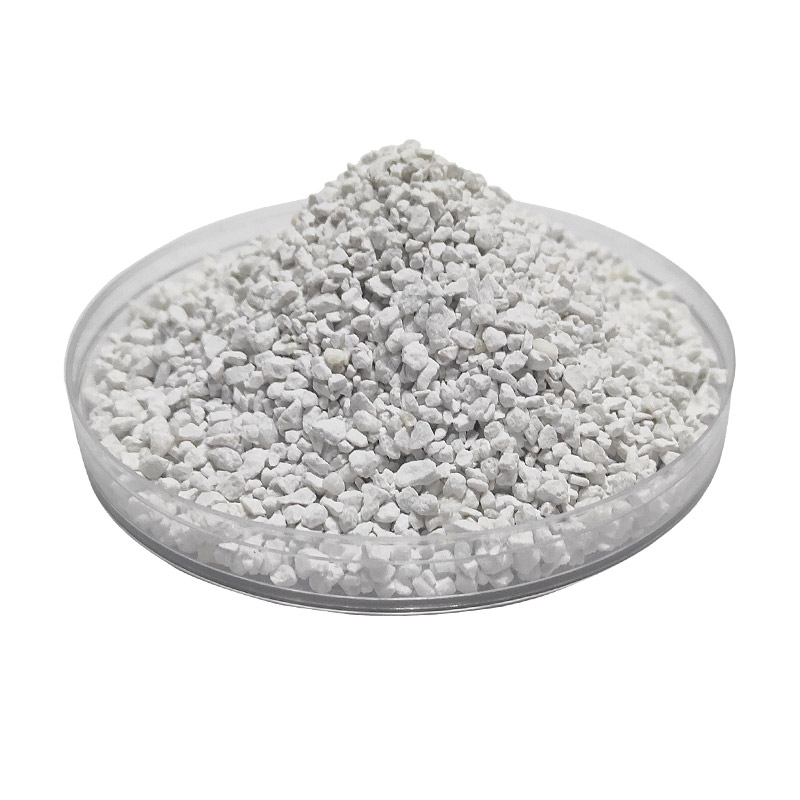Maximizing Efficiency with Aluminum Casting Flux
Aluminum casting flux is a crucial component in the aluminum casting process, playing a pivotal role in ensuring the quality, efficiency, and durability of cast aluminum products. At our company, we understand the significance of using the right flux and employing proper techniques to achieve optimal results. In this comprehensive guide, we delve into the intricacies of aluminum casting flux, providing valuable insights and expert tips to help you harness its full potential.

Aluminum casting flux is a chemical compound used to remove impurities and oxides from molten aluminum, thereby improving its fluidity, surface finish, and overall quality. It acts as a cleaning agent, facilitating the removal of non-metallic inclusions and other contaminants that can compromise the integrity of cast aluminum parts.
Types of Aluminum Casting Flux
There are various types of aluminum casting flux available in the market, each designed to address specific casting requirements and challenges. Some common types include:
Chloride-Based Flux: Ideal for degassing and refining aluminum alloys, chloride-based fluxes effectively remove hydrogen gas and other impurities, resulting in improved mechanical properties and surface finish.
Salt-Based Flux: Salt-based fluxes are commonly used for fluxing and drossing operations, helping to minimize oxide buildup and enhance the flow characteristics of molten aluminum.
Covering Flux: Covering fluxes create a protective layer on the surface of the molten metal, preventing oxidation and minimizing the formation of dross. They are particularly beneficial for preventing surface defects and improving casting yield.
Benefits of Using Aluminum Casting Flux
The use of aluminum casting flux offers numerous benefits, including:
Improved Fluidity: Flux removes surface oxides and other impurities, allowing molten aluminum to flow more freely and evenly within the mold cavity, resulting in better casting integrity and dimensional accuracy.
Enhanced Surface Finish: By promoting the removal of non-metallic inclusions and surface contaminants, flux helps achieve smoother, more uniform surface finishes, reducing the need for secondary finishing operations.
Reduced Porosity: Flux effectively degasses the molten metal, eliminating trapped gases and minimizing the risk of porosity and defects in the final castings, thereby enhancing mechanical properties and structural integrity.
Best Practices for Using Aluminum Casting Flux
To maximize the effectiveness of aluminum casting flux, it is essential to follow best practices and employ proper techniques throughout the casting process. Here are some key tips to keep in mind:
Preparing the Flux
Before using aluminum casting flux, ensure that it is properly prepared according to the manufacturer's instructions. This may involve diluting the flux with water or mixing it with other additives to achieve the desired concentration and consistency.
Fluxing the Molten Metal
When fluxing the molten aluminum, take care to apply the flux evenly across the surface of the metal to ensure uniform coverage and effective oxide removal. Stir the flux into the molten metal using a suitable tool, such as a graphite rod or paddle, to facilitate thorough mixing and degassing.
Monitoring and Adjusting Flux Levels
Throughout the casting process, monitor the flux levels in the melt and make adjustments as needed to maintain optimal fluxing conditions. Adding additional flux may be necessary to compensate for oxide buildup or excessive dross formation, while reducing flux consumption can help conserve materials and minimize costs.
Proper Flux Removal
After casting, it is essential to properly remove any residual flux and dross from the surface of the castings to avoid contamination and ensure a clean, high-quality finish. This can be achieved through mechanical skimming, fluxing, or other post-casting cleaning methods, depending on the specific application and requirements.
Conclusion
In conclusion, aluminum casting flux plays a critical role in achieving high-quality, defect-free cast aluminum parts. By understanding the different types of flux available, their benefits, and best practices for their use, manufacturers can optimize their casting processes and produce superior products with greater efficiency and consistency.

